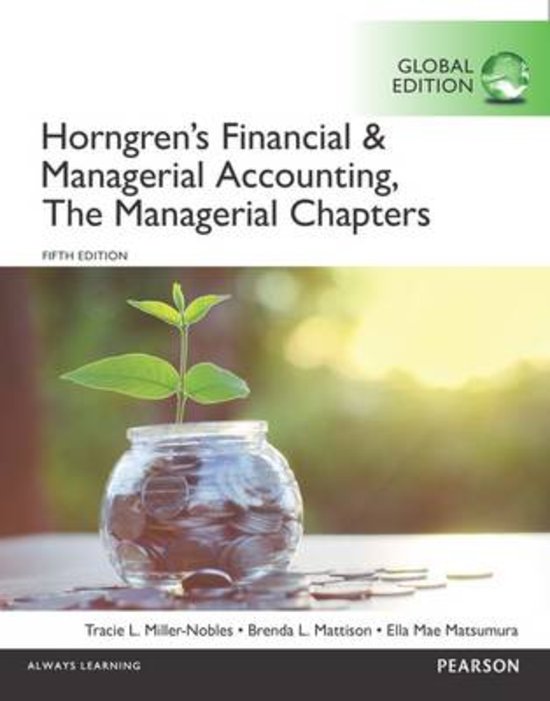Summary
Samenvatting Horngren's Financial & Managerial Accounting, The Managerial Chapters, Global Edition, ISBN: 9781292117096 Finance And Accounting
- Course
- Institution
- Book
This is a summary that contains all the information from the chapters and classes that were provided. With studying this summary and practicing the according excercises I received an above average grade for the exam. You could easily do this for yourself, and pass your exam with this summary!
[Show more]




